-
Welcome to Tacoma World!
You are currently viewing as a guest! To get full-access, you need to register for a FREE account.
As a registered member, you’ll be able to:- Participate in all Tacoma discussion topics
- Communicate privately with other Tacoma owners from around the world
- Post your own photos in our Members Gallery
- Access all special features of the site
Eq Graph Comparison-Stock Speakers vs MTX Speakers
Discussion in 'Audio & Video' started by TA 4, Feb 22, 2017.


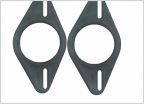 Premium Audio Upgrade- Second Gen Specific
Premium Audio Upgrade- Second Gen Specific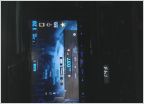 2014 Xm Sirius with shark fin?
2014 Xm Sirius with shark fin?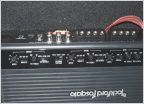 Need amp setting help. please help.
Need amp setting help. please help.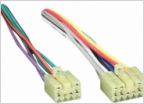 15 Double Cab Entune Stereo upgrade - Stock Deck
15 Double Cab Entune Stereo upgrade - Stock Deck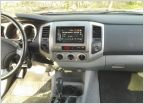 Universal dash kits for aftermarket HU?
Universal dash kits for aftermarket HU?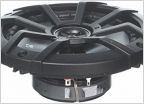 Speaker upgrade
Speaker upgrade















































































